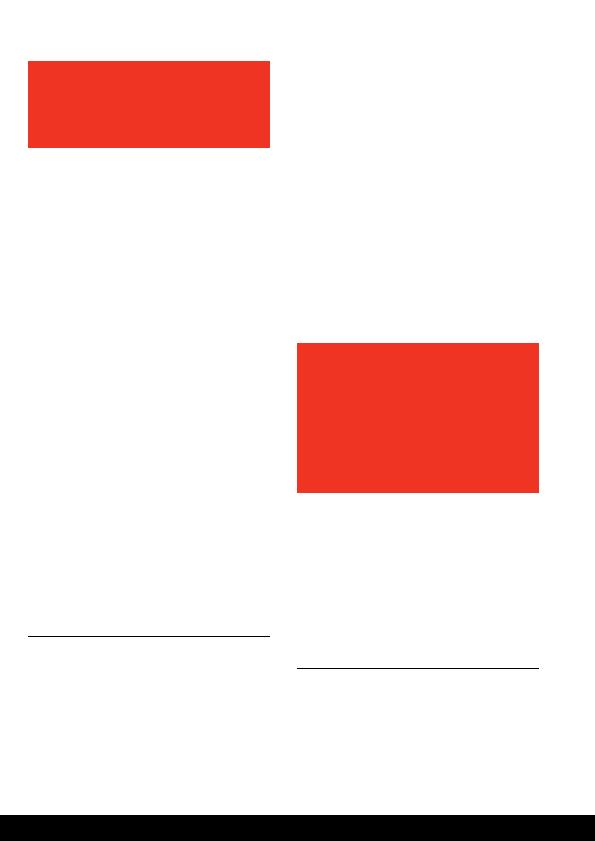
than non-Indigenous Australians in
terms of the four critical factors known
to play a significant role in the onset,
frequency or seriousness of offending.
measures of risk for involvement in crime. These are:
child neglect and abuse, drug and alcohol misuse,
poor school performance/early school leaving and
unemployment.
significantly over-represented in Victoria's
child protection and out-of-home care
services compared to the broader
population. At the same time, Aboriginal
children under-participate in the
universal services which promote healthy
development, learning and wellbeing.
they were the subject of 9.4 per cent of the
reports of child abuse.
963, their highest number in 10 years.
a substantiated child protection investigation
than non-Koori children.
Don Weatherburn and Jessie Holmes, `Re-thinking
Indigenous Over-representation in Prison' (2010) 45(4)
Australian Journal of Social Issues 559, 569.
140
State of Victoria, Department of Human Services,
`Vulnerable Children Strategy', above n 132, 1.
State of Victoria, Department of Premier and Cabinet,
Report of the Protecting Victoria's Vulnerable Children
Inquiry Vol 2 (2012) 293.
State of Victoria, Victorian Government Aboriginal
Affairs Report 2012 (2012) 20. The report found the
rate of substantiation in the Aboriginal population as
62.5 per 1,000 Koori children compared to 6.4 per 1000
children in the non-Koori population.
Children's Court of Victoria noted that Aboriginal
children are 14.9 times more likely to be on a
protection order and in out-of-home care, adding
"this is particularly concerning as 44 per cent of
the Victorian Koori population is under 18."
who have been in out-of-home care,
often lack appropriate parenting
skills. Young women who come from
dysfunctional family circumstances are
also at higher risk of being parents at
a younger age... The court has seen
cases where mums are involved in
protection order applications for their
own children whilst also being subject
to protection orders themselves.
Koori women in custody identified a high proportion
of those currently in prison were themselves clients
of child protection services as children.
learn life skills. When I was 17 years
old, I was told that I was no longer
in DHS care. I was not prepared for
this. I was dependent on the system
and didn't learn how to become
independent...
juvenile justice and then to the adult
prison system.
Key informant interview, Judge Paul Grant, President,
Children's Court of Victoria, 14 January 2013; "Nearly
one half of the population is young, with Indigenous
children aged 0-17 making up 43.5% of Victoria's
Indigenous population." State of Victoria, Department
of Planning and Community Development, `Indigenous
Affairs', above n 124, 4.
Key informant interview, Judge Paul Grant, President,
Children's Court of Victoria, 14 January 2013.
Focus group participant, 17 January 2013.